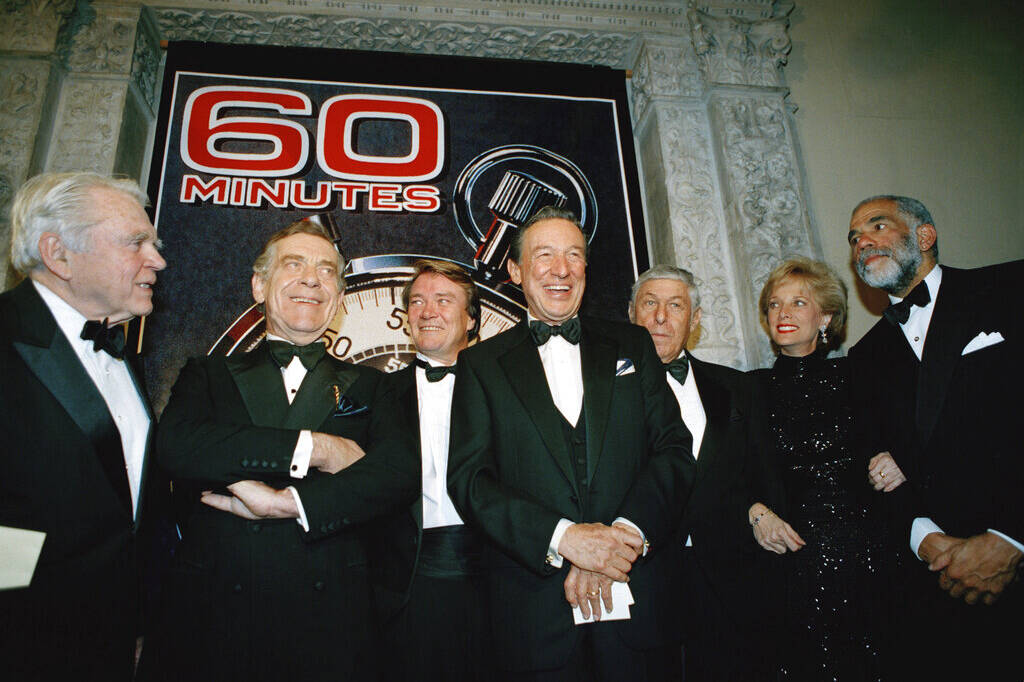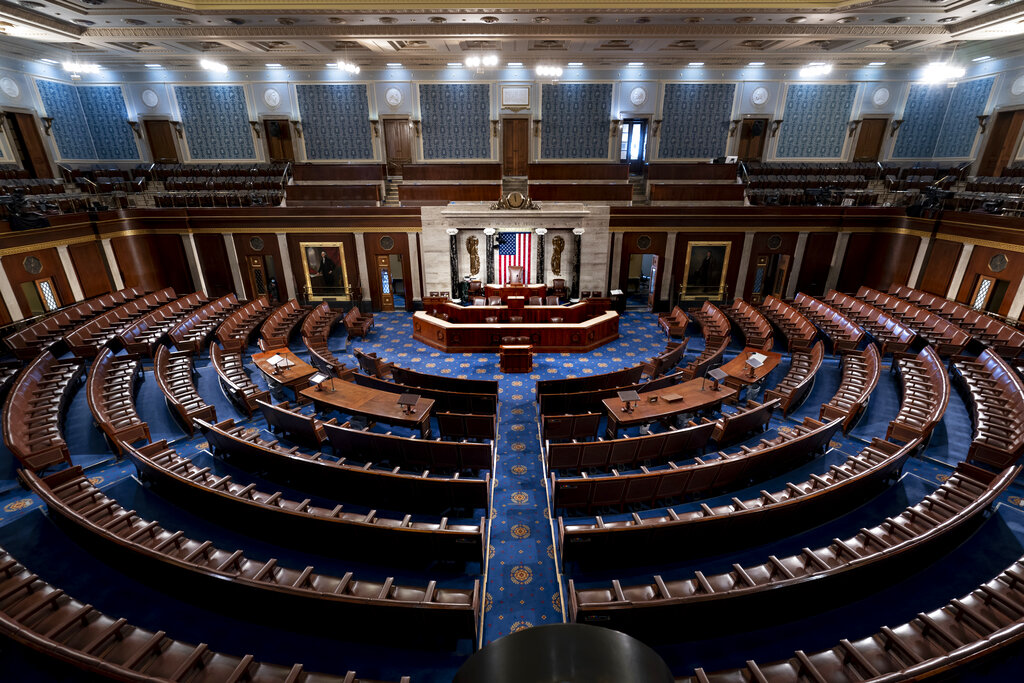Several factors suggest the two party duopoly could be breaking down
The political iron is hot, could now be the time for striking?
A June 2024 Gallup poll showed that 51% of U.S. adults said they were independents, more than the two major parties combined. This burgeoning voting bloc has been both let down and ignored by the two-party system. But at some point, this growing plurality of independent voters will refuse to be forsaken in the political process. Now, with Elon Musk announcing the creation of his America Party, many of these politically homeless independents could soon have a home.
Independent voters, also called unaffiliated voters or non-affiliated voters in the United States, are voters who do not align themselves with a political party. While some may still register as Democrats or Republicans so they can vote in party primaries, they don’t affiliate themselves with either party label. This bloc of voters has continued to grow for decades and is now reaching even higher levels.
Pew Research has been following trends in party identification since 1940. They have shown that the increasing percentage of voters who describe themselves as independent started in the early-1960s with independents first outnumbering partisans in the early 1990s. But the most significant increases have occurred over the past two decades, culminating in a majority of voters identifying as independent in recent polls.
In demographic terms, independents are more likely to be younger and more likely to be male than those who say they are affiliated with either party. When looking at party identification by age, the percentage who identify as independent goes up as the age of the voter goes down, with 50% of voters age 20 identifying as independent and only 15% age 90 or above identifying as independent.
Unite America reported on a survey conducted by Change Research which showed that 60% of independents described themselves as moderate— by contrast, 25% considered themselves “conservative” or “very conservative,” with only 15% identifying as “liberal” or “very liberal.”
Independents are more likely to split their tickets and can be somewhat unpredictable. The Center for an Independent and Sustainable Democracy (CISD) at Arizona State University, in collaboration with the non-profit IndependentVoting.org, analyzed data gathered by Edison Research/National Election Poll via Reuters from the 2024 election cycle to understand the effects of the independent vote.
They found that nationally, independents broke 49% for Kamala Harris and 46% for Donald
Trump, with 5% voting for one of the other presidential candidates. In many battleground states, however, it was a different picture. Trump won independents in Arizona, Pennsylvania, North Carolina, and Georgia.
In 2020, Former President Joe Biden won independents by 13 points.
The surge of voters who identify as unaffiliated reflects deep dissatisfaction with traditional party politics. Many independents express frustration with partisan gridlock, ideological extremism, closed primary elections, and candidates who prioritize party loyalty over practical governance.
This voting bloc also tends to be more issue-focused than party-focused, evaluating candidates based on specific policies rather than partisan affiliation.
Despite their general willingness to vote for the major parties and agreement with them on some issues, independents strongly believe that traditional parties are too extreme. Again, from Unite America and Change Research, 67% characterized the Democratic Party as too extreme, while an even larger 71% said the same about Republicans. When directly asked if both parties are too extreme, 70% agreed.
After years of being ignored or dismissed by the two parties, independents could finally be ready to throw off the shackles of the two party duopoly.
Related
Lynn Schmidt
Lynn Schmidt holds a bachelor of science in nursing from the University of North Carolina at Greensboro and a masters of science majoring in political science from the University of Nebraska-Omaha. She is a freelance columnist and editorial board member with the St. Louis Post-Dispatch and a monthly contributor to The Fulcrum. Lynn lives in St. Charles, Missouri with her husband and two daughters.




